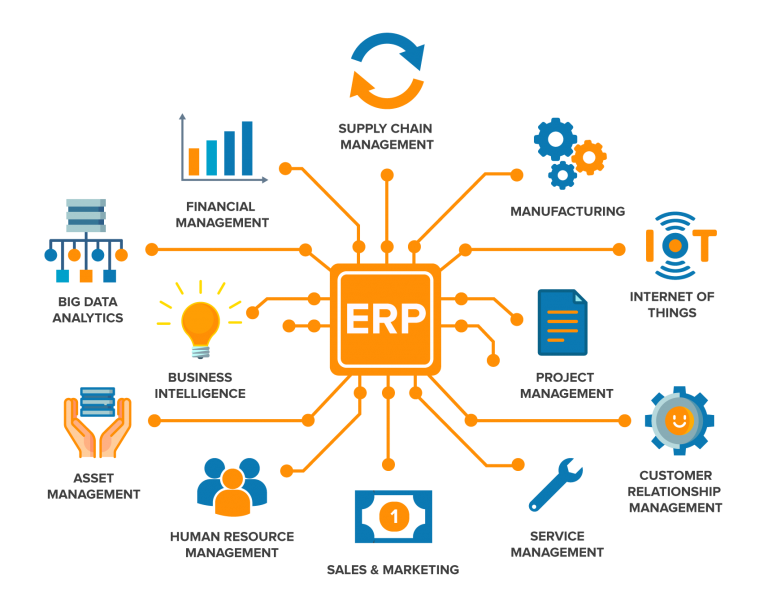Enterprise Software Market Share, Competitive Landscape | 2035

In the vast and strategically critical global enterprise software industry, a select group of companies has emerged as the definitive market leaders, wielding immense influence that extends far beyond their substantial revenues. Identifying and analyzing these leaders is a crucial exercise in market research, as they not only command the largest market shares but also set the industry's strategic direction, drive the pace of technological innovation, and define the competitive benchmarks against which all other players are measured. As the latest comprehensive market analysis indicates, leadership in this domain is no longer defined merely by the success of a single flagship product but by the strength of a comprehensive and integrated cloud platform, the depth of its partner and developer ecosystem, its massive investment in research and development, and its vision for the future of the intelligent enterprise. These companies provide the digital foundations upon which the modern global economy operates, and their strategic decisions have a profound ripple effect across every industry.
A close examination of the Enterprise Software Market Market Leaders reveals a small cohort of technology titans that have established dominant positions across multiple segments of the industry. Microsoft stands as a prime example, with its leadership spanning cloud infrastructure (Azure), enterprise applications (Dynamics 365, Microsoft 365), collaboration (Teams), and developer platforms (GitHub, Power Platform). Oracle maintains its powerful and deeply entrenched position in the database market while aggressively competing in the cloud ERP and HCM space with its Fusion and NetSuite offerings. SAP remains the global leader in the ERP market, guiding its massive installed base through a complex but critical transition to its S/4HANA cloud platform. In the front-office, Salesforce continues to define and dominate the CRM category, leveraging its platform-as-a-service capabilities and a series of strategic acquisitions to expand into a broader customer engagement and data intelligence powerhouse.
The strategies that sustain the dominance of these market leaders are multifaceted and deeply entrenched. They all make colossal and sustained investments in research and development, often measured in the tens of billions of dollars annually, which allows them to stay at the forefront of technological innovation in areas like generative AI, low-code/no-code development, and advanced cybersecurity. They are also masters of strategic mergers and acquisitions, frequently acquiring promising companies to quickly enter new markets, acquire cutting-edge technology, or onboard scarce engineering talent. Perhaps most importantly, these leaders have successfully built powerful platforms that create extremely high switching costs and strong network effects. The Enterprise Software Market size is projected to grow USD 1,000 Billion by 2035, exhibiting a CAGR of 5.57% during the forecast period 2025 - 2035. Their market leadership is therefore not a static position but the result of a continuous and deliberate strategy of technological innovation, strategic acquisition, and the cultivation of powerful, self-reinforcing ecosystems that create a formidable and lasting competitive advantage.
Top Trending Reports -
Threat Intelligence Security Service Market
- Art
- Causes
- Crafts
- Dance
- Drinks
- Film
- Fitness
- Food
- Jogos
- Gardening
- Health
- Início
- Literature
- Music
- Networking
- Outro
- Party
- Religion
- Shopping
- Sports
- Theater
- Wellness


